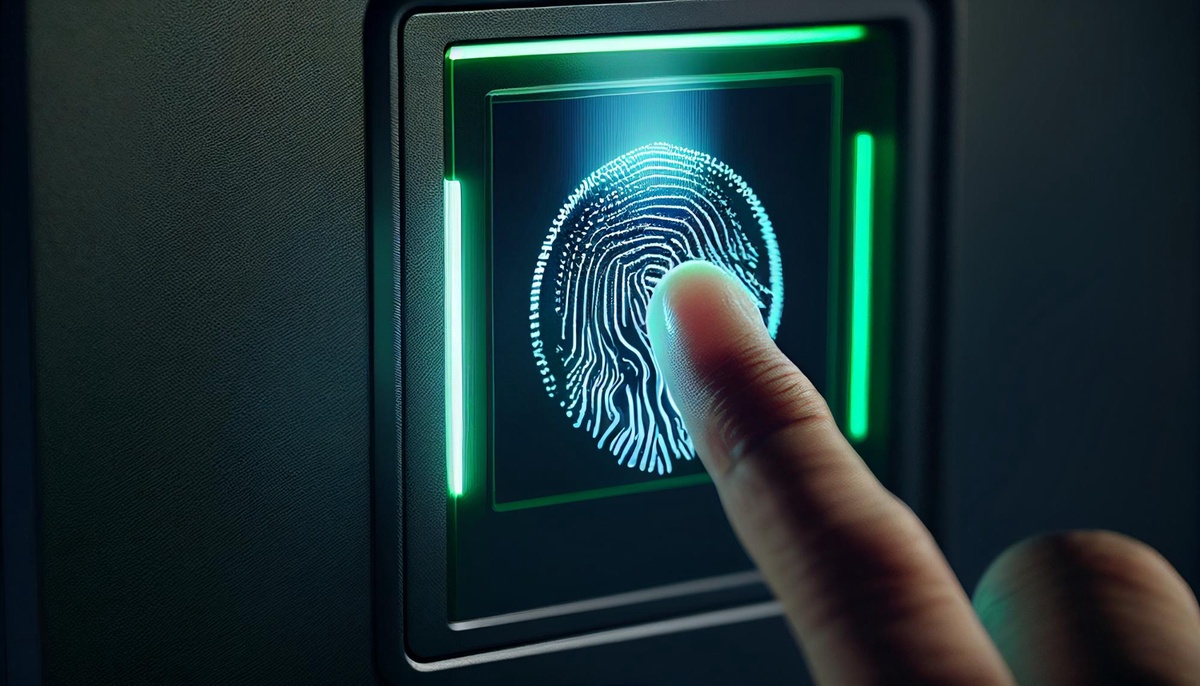The healthcare industry is undergoing a digital revolution, and biometrics is at the forefront of this transformation. Biometric technologies identify individuals based on unique biological characteristics, offering a secure and efficient way to manage patient data, streamline processes, and enhance security. One often-overlooked hero in this realm? The humble USB camera.
The Power of the Pixel: USB Cameras in Action
While sophisticated facial recognition systems might grab headlines, USB cameras play a crucial role in various healthcare biometrics solutions. Here's how:
-
Patient Identification: In busy healthcare settings, accurate patient identification is paramount. USB cameras can be integrated with software that captures facial recognition data upon check-in. This not only reduces the risk of misidentification but also streamlines administrative tasks, allowing staff to focus on patient care.
-
Telehealth Enhancements: The rise of telehealth consultations has created a demand for secure and reliable patient identification. USB cameras enable secure video conferencing platforms to verify a patient's identity before a virtual consultation commences. This fosters trust and ensures sensitive medical information reaches the intended recipient.
-
Wound Care and Monitoring: Advanced wound care involves meticulous documentation of wound progression. USB cameras, coupled with specialized software, can capture high-resolution images of wounds over time. These visual records facilitate better communication between healthcare professionals and provide valuable data for monitoring healing progress.
Personal Example: Streamlined Check-Ins at My Doctor's Office
Recently, I experienced the convenience of USB camera-powered patient identification firsthand. During my annual checkup, a quick scan of my face using a USB camera kiosk registered my arrival. This eliminated the need for lengthy paperwork and expedited the check-in process, freeing up valuable staff time.
Beyond the Basics: The Future of USB Cameras in Biometrics
The future of USB cameras in healthcare biometrics is brimming with possibilities. We can expect advancements in:
-
Iris Recognition: High-resolution USB cameras might be incorporated into iris recognition systems for even more robust patient identification and access control.
-
Non-Contact Vital Sign Monitoring: Emerging technologies using specialized USB cameras might analyze facial features to estimate a patient's heart rate or respiratory rate, providing valuable insights at the bedside.
-
Improved User Experience: Advances in facial recognition software will lead to faster and more seamless identification using USB cameras, further enhancing patient experience and workflow efficiency within healthcare settings.
Conclusion: A Pixel-Perfect Partnership
USB cameras, despite their relative simplicity, are playing a vital role in revolutionizing healthcare biometrics. Their affordability, ease of use, and versatility make them a compelling choice for various applications. As biometrics technology continues to evolve, USB cameras will undoubtedly remain a key component in the healthcare sector, fostering security, efficiency, and ultimately, better patient care.


No comments yet